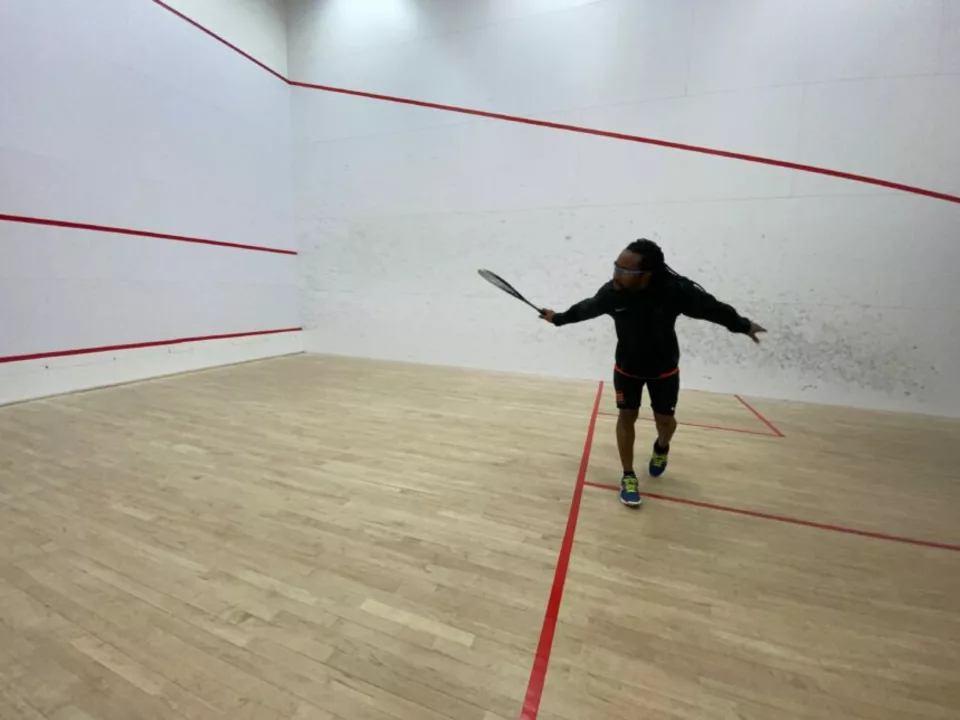April 2023 Archive – Tennis Tips, News & Insights
April was a busy month at the Gloucestershire Tennis Hub. We dug into everything from how watching the pros can sharpen your own play to the big questions facing the sport after Federer, Nadal, Djokovic and Murray start to wind down. Below is a quick rundown of the most useful stuff we posted, so you can grab the tips you need without scrolling through each article.
Learn from the Pros and Boost Your Skills
Our first big story asked a simple but often‑overlooked question: Does watching pro tennis improve your game at all? The answer is a clear yes. By pausing match replays you can spot shot selection, footwork patterns and mental habits that elite players use under pressure. Try noting one new tactic each time you watch a match – a backhand slice on a low ball or the way a player sets up for a serve‑and‑volley – then test it out on the court. It’s a low‑cost way to add a professional edge to your practice.
We also tackled the future of the sport with a look at the “Big 4” retirement scenario. With Federer, Nadal, Djokovic and Murray all in their mid‑30s, the next generation needs to step up. The article highlighted emerging players who are already showing the athleticism and mental toughness to keep tennis exciting. Keep an eye on the ATP rankings and give these up‑and‑comers a chance at local club events – you might discover the next star.
Gear, Technique & the Future of Tennis
Spin can be a game‑changer, and our “How do you put spin on a tennis ball?” guide broke it down to three easy steps: use a continental grip, brush the strings on the ball’s upward swing, and finish with a relaxed wrist. Practicing the motion on slow balls first helps you feel the topspin or slice before you add power. A few minutes of focused spin drills a week can make your groundstrokes stay in the court longer and push opponents back.
If you’re battling elbow pain, the post on tennis elbow braces explained how a simple neoprene sleeve with a snug strap can relieve strain by compressing the forearm muscles. The brace isn’t a cure‑all, but wearing it during practice reduces inflammation and lets you stay on the court while you work on strengthening exercises.
We even took a quick detour to answer a reader’s curiosity: Are there tennis courts at JIPMER? The answer: no, but there’s a nearby public court you can use. It’s a reminder that good tennis facilities exist in unexpected places, so always ask around if you’re traveling.
Lastly, a fan‑favorite article in Portuguese explored why Roger Federer succeeded – athleticism, mental calm, relentless practice and pure love for the game. Even if you don’t speak Portuguese, the four pillars apply to any player looking to improve.
Aside from tennis, April’s archive also featured a few off‑topic pieces about living in Adelaide and the city’s skyline rules. They’re there for anyone who likes a broader view of life beyond the baseline.
That’s the April snapshot. Bookmark the posts that speak to you, try the drills, and keep the conversation going in our community forums. See you on the court!
Sports & Fitness

Does watching pro tennis improve your game at all?
Watching pro tennis can help players improve their game in a number of ways. Players can learn from watching the strategies and techniques used by top players and use that knowledge to become better players themselves. They can also get an idea of the kind of physical and mental effort needed to perform at a high level and use that knowledge to push themselves to reach a higher level of play. Furthermore, watching pro tennis can provide motivation to practice and work hard to achieve success. All in all, watching pro tennis can be an invaluable tool for improving one's game.